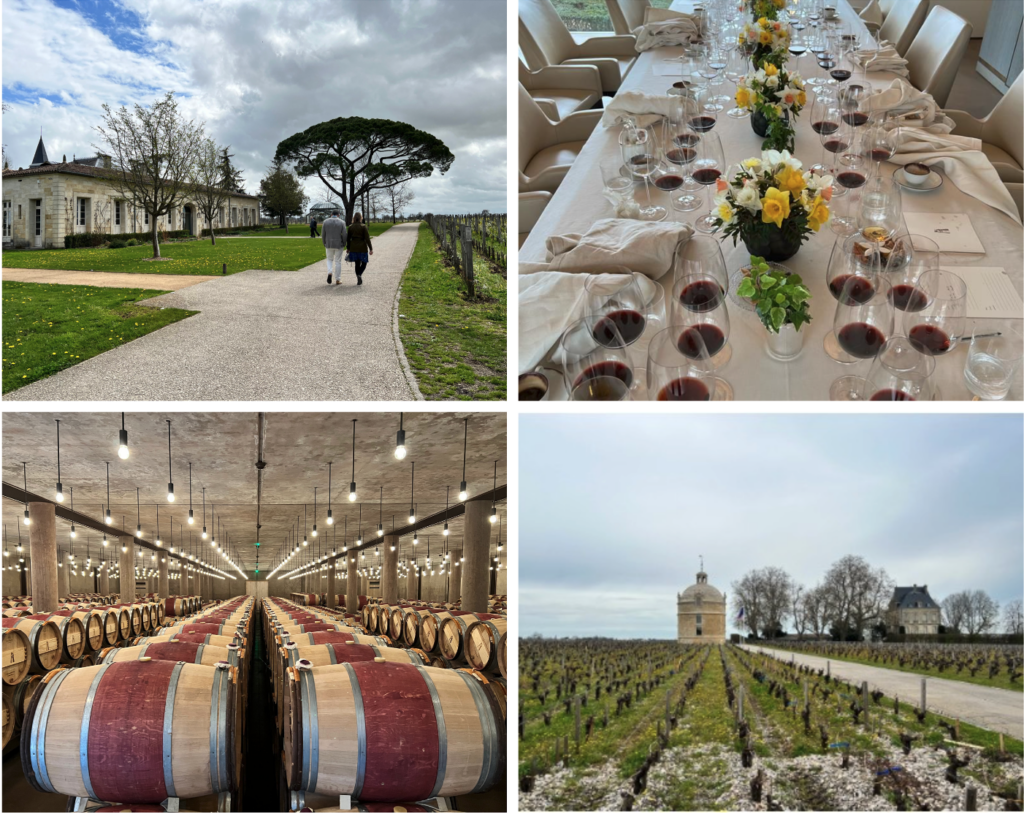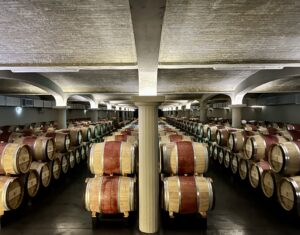Following 1275’s first private tour of 2023, it is fair to say that we continue to be besotted with Bordeaux. After a 3-day pilgrimage with a small group of clients and friends, soaking up some of the very best wines the region has to offer, we are reflecting on how Bordeaux became the foundation of fine wine, and why we’re convinced this will continue.
Bordeaux meets the world – A brief history
Bordeaux was the first wine region to establish a global export market. The marriage of Henry Plantagenet and Aliénor d’Aquitaine in 1152 can be considered the starting place of this phenomenon, creating a trade relationship with Great Britain that survives to this day. Following further interest in the region from Dutch traders during the 18th Century, Bordeaux solidified the world’s first model for international trading of fine wine – the Place de Bordeaux – which still exists today.
After surmounting the immense hurdle of phylloxera in the 1850s, and a long lull in export fluidity, more recent years have borne witness to a return to prosperity for the region. The exceptional 1982 vintage, combined with the growing influence of a famous wine critic reaffirmed Bordeaux’s presence on the US market. Some more recent – 2009 and 2010 – generated increased interest from Asia, and the latest resurgence during Covid-19 of the critically-acclaimed 2019 continues to attract new buyers.
Bordeaux – there’s no place like home
Today, Bordeaux’s world domination in terms of consumer awareness is complete. Bordeaux has been passed down through generations as the foundation of vinous sophistication, and while collectors will surely dabble elsewhere – Burgundy, Tuscany, Piedmont, California – their wine journeys tend to begin, proliferate, and end with Bordeaux.
As a region with sufficient production and stock withholding to allow revisits of vintages over the years, Bordeaux is a region shared and remembered, where drinkers generally develop estate preferences as time goes on. This affinity – built over decades – can rarely exist elsewhere, thanks to Bordeaux’s strong track record, having produced high quality, ageable wines for longer than any other winemaking region.
Bordeaux – the power of tomorrow
The history of Bordeaux certainly plays an important part in its continued popularity. But now the tables of consumer interest are turning, and Bordeaux is responding. The very real prospect of climate change and its unpredictable effect on weather patterns poses a threat to wine production everywhere.
In fact, 2022 was a record year in terms of heat, with high temperatures and drought. Nonetheless, early opinion of the 2022 Bordeaux vintage is very positive – and no other quality winemaking region exists with such power to combat Mother Nature through modern techniques in the vineyard and in the cellar.
The 1275 team will be tasting 2022 en primeur in a few weeks’ time, and therefore be able to share our own personal thoughts on the new wines to come. In the meantime, we’ll continue to enjoy Bordeaux across the decades, and ensure our clients can do the same.
Glossary

Phylloxera
Phylloxera is an aphid-like insect that feeds on roots of Vitis vinifera grape, stinting growth of vines or killing them. Although originally from North America, the insect was transported to Europe and first identified in 1863. Phylloxera damage to grapevines occurs when the insect feeds on either growing rootlets or mature hardened roots, which can be difficult to detect due to the resulting swellings. These insects can crawl, but their main method of transport is through human intervention. For example, with vine transportation, the movement of soil, using equipment or even by irrigation water.
Although no specific method has been identified to combat Phylloxera, some vine species have developed defense mechanisms over time to prevent extensive damage.

Place de Bordeaux
In Bordeaux, it is generally not possible to purchase wine from producers directly. Instead, a complex three-tier system, consisting of negociants, courtiers, and producers has been in place since the 17th century.
This distribution network, known as La Place de Bordeaux, is responsible for supplying wines to markets worldwide. Its initial purpose was to manage supply and demand effectively – courtiers would physically transport wine in barrels from the châteaux to a “Place” (marketplace) in the centre of Bordeaux town, where negociants would buy wines to load onto ships or carts for export.
The same 3 roles are represented in today’s system, maintaining a fast, low-cost, and efficient way of distributing wines, while enabling producers to reach millions of consumers globally.
En primeur
Bordeaux “en primeur” is a system of buying wine while it is still ageing in barrel, before it is bottled and released to the market. This is common practice in Bordeaux, but unique to the region within the world of wine. The wines are sold in theoretical cases, in bond (without excise tax or VAT).
Every year, in the spring following the grape harvest, wine traders and critics are invited to taste and evaluate the most recent vintage of Bordeaux wines from barrel samples. Based on these evaluations, wines are offered to customers as a preferential price, with the understanding that the wine will be bottled, and therefore physically deliverable, 2 years later.


